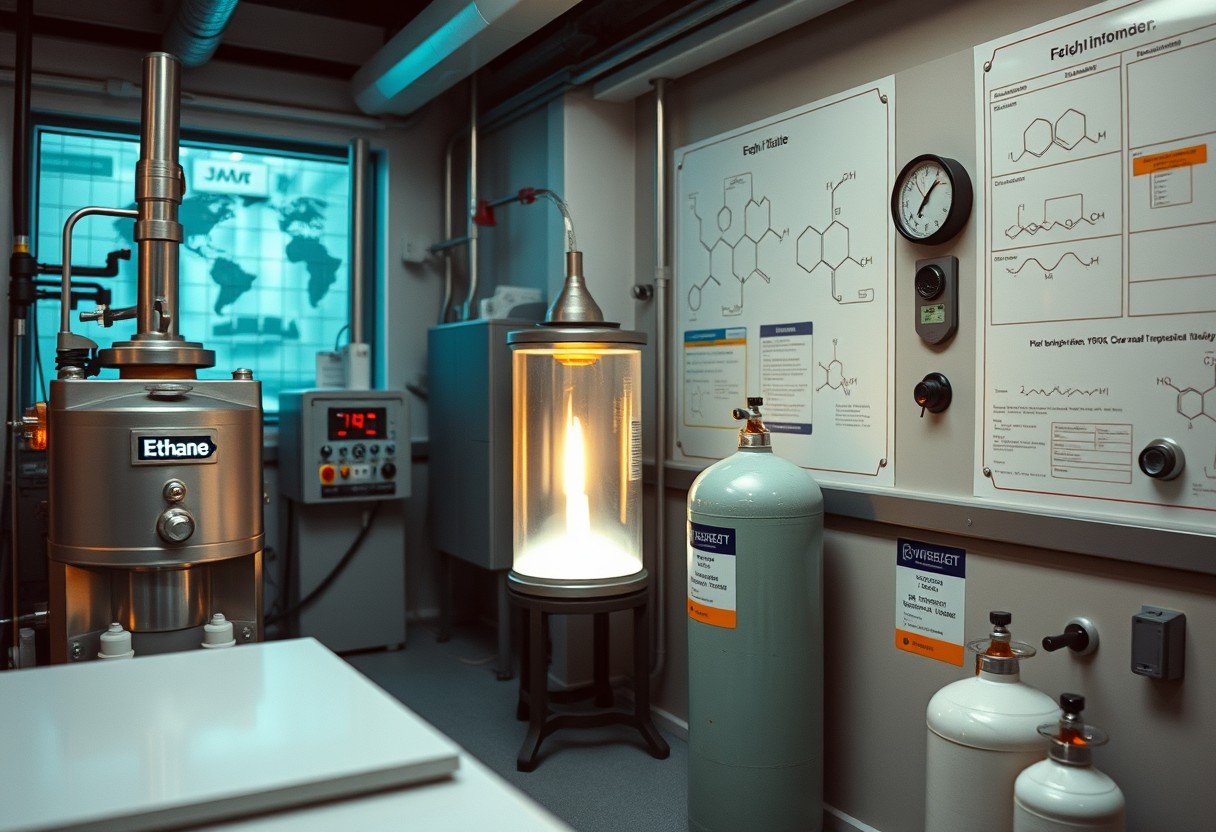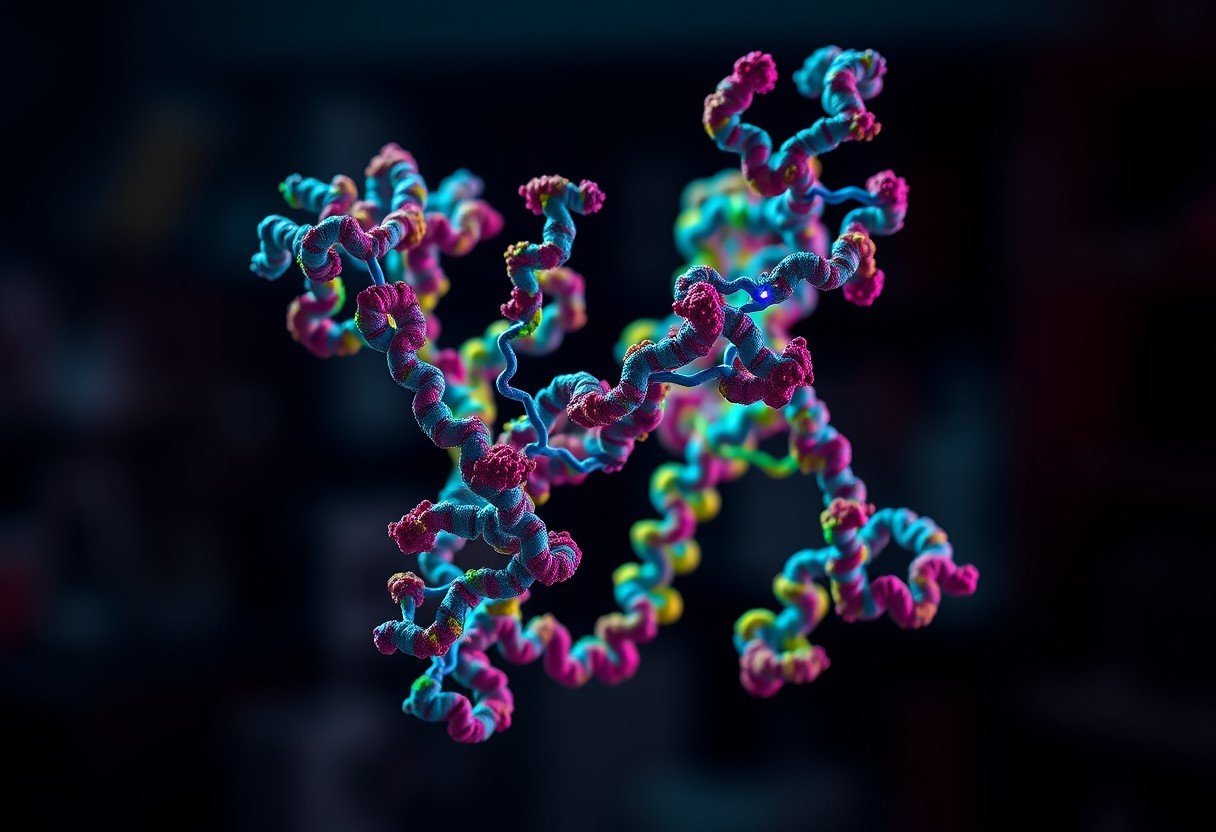Did you know your brain is not a fixed, unchanging organ? This incredible ability, known as brain plasticity or neuroplasticity, allows your brain to reorganize itself by forming new connections throughout your life. Understanding how this works empowers you to actively improve your memory, learn new skills, and even recover from challenges. It means you hold the key to reshaping your own mind and life, regardless of your age or past experiences.
What Exactly is Brain Plasticity?
Think of your brain as being “soft-wired” rather than hard-wired like a computer. This means its structure and functions can be changed by your experiences, thoughts, and actions. Neuroplasticity is the scientific term for this remarkable capacity to adapt.
For a long time, scientists believed the brain was static after childhood. However, modern research shows that it continuously creates and strengthens new pathways between brain cells, called neurons, while weakening unused ones. This process is happening every moment of every day.
This scientific breakthrough means that your brain has the power to recover and recalibrate itself, even after facing trauma, stress, or mental health issues. When you learn something new or adapt to a different environment, you are literally rewiring your brain for the better, leading to lasting improvements in your abilities and well-being.
How Your Daily Thoughts can Shape Your Brain
Have you ever considered that your thoughts have a physical impact on your brain? They do. The way you think and behave reinforces specific neural pathways, making them stronger and more automatic over time.
If you consistently practice positive thinking or mindfulness, you are actively building neural roads that lead to resilience, emotional stability, and happiness. It’s like exercising a muscle; the more you use these positive pathways, the stronger they get. For example, studies show that regular meditation can physically increase grey matter in areas of the brain associated with learning and emotional regulation.
Conversely, dwelling on negative thoughts or worries can strengthen pathways that lead to anxiety and discomfort, making it easier to fall into those patterns. By consciously choosing to challenge and reshape your negative thoughts, you can effectively rewrite your brain’s script and change the course of your life.
Lifelong Learning as a Tool for Brain Growth
One of the most practical and enjoyable ways to apply brain plasticity is through learning. Your age or background does not matter; engaging in new learning experiences is a powerful way to enhance your cognitive abilities and keep your mind sharp.
Every time you challenge your brain by learning a new skill, you create opportunities for it to grow. This effort stimulates the formation of new neural connections and strengthens existing ones, making your brain more flexible and efficient.
Some great activities to boost brain growth include:
- Learning to play a musical instrument
- Studying a new language
- Taking an online course on a subject that interests you
- Solving puzzles or playing strategy games
Embrace these challenges as stepping stones toward a more adaptable and open-minded version of yourself.
The Powerful Link between Physical Activity and a Healthy Brain
Physical activity isn’t just for your body; it’s one of the best things you can do for your brain. Regular exercise increases blood flow and oxygen to the brain, which is essential for its health. More importantly, it promotes the growth of new neurons, a process called neurogenesis, especially in areas related to memory and learning.
By making physical activity a part of your daily routine, you are directly supporting your brain’s health, function, and longevity. You don’t need to run a marathon to see the benefits. Even moderate exercise can make a significant difference.
For the most comprehensive benefits, aim for a balanced mix of different types of activities. A well-rounded routine supports various brain functions and keeps your workouts interesting and engaging.
Why Social Connections are Crucial for a Flexible Mind
Humans are social creatures, and our brains reflect that. Building and nurturing meaningful relationships plays a vital role in shaping your brain’s health and development throughout your life.
Engaging in deep conversations, sharing experiences, and participating in community activities all stimulate your social brain. This keeps it active, engaged, and adaptable. Strong social ties have been shown to promote psychological resilience and protect against cognitive decline as we age.
Remember that quality matters more than quantity. Focusing on a few genuine, supportive connections can have a more profound impact on your emotional well-being and cognitive health than having many superficial acquaintances. These relationships provide emotional support and intellectual stimulation, which are both key ingredients for a healthy brain.
Practical Steps to Harness Your Brain’s Plasticity
Embracing the principles of neuroplasticity empowers you to take control of your mental and emotional health. It’s about making small, conscious efforts every day that add up to significant changes over time.
By being intentional with your thoughts and actions, you can foster a brain that is continuously learning, growing, and evolving. This journey is not about perfection but about progress. Each step you take is an investment in a more resilient, capable, and fulfilled you.
Here is a simple table to help you get started with activities that promote brain plasticity.
| Activity | Brain Benefit | How to Start |
| Mindfulness Meditation | Strengthens focus and emotional regulation pathways | Use a free app to guide you through a 5-minute session daily. |
| Try Something New | Creates new neural connections | Take a different route to work or try cooking a new recipe. |
| Brisk Walking | Increases blood flow and new neuron growth | Go for a 20-minute walk during your lunch break. |
Frequently Asked Questions about Brain Plasticity
What is the simplest definition of brain plasticity?
Brain plasticity is your brain’s natural ability to change and adapt as a result of experience. It means your brain can reorganize itself by forming new connections between brain cells, allowing you to learn new things and recover from injury.
Can brain plasticity really reverse damage?
Yes, to a significant extent. While it may not completely reverse all types of damage, neuroplasticity allows the brain to compensate for injury by reorganizing its functions. This is the principle behind therapies for stroke survivors and those with traumatic brain injuries.
How long does it take to rewire your brain?
The time it takes to rewire the brain varies depending on the person and the complexity of the new habit or skill. Simple changes can start forming new pathways in a few weeks, while more significant changes, like overcoming deep-seated thought patterns, may take several months of consistent practice.
Does brain plasticity decrease with age?
While the brain is most plastic during childhood, it does not lose its ability to change. Lifelong plasticity means that even in older adulthood, you can learn new skills, form new memories, and improve your cognitive function by keeping your brain active and engaged.
What are some easy daily habits to improve neuroplasticity?
Simple habits can make a big difference. Try brushing your teeth with your non-dominant hand, taking a new route on your daily walk, listening to a new type of music, or doing a daily puzzle. These small novelties challenge your brain to create new pathways.
Can negative thinking really harm my brain?
Yes, chronic negative thinking can strengthen neural pathways associated with stress, anxiety, and depression, making these states easier to fall into. This reinforces a negative cycle, but the good news is that you can use plasticity to build new, more positive pathways instead.








Leave a Comment